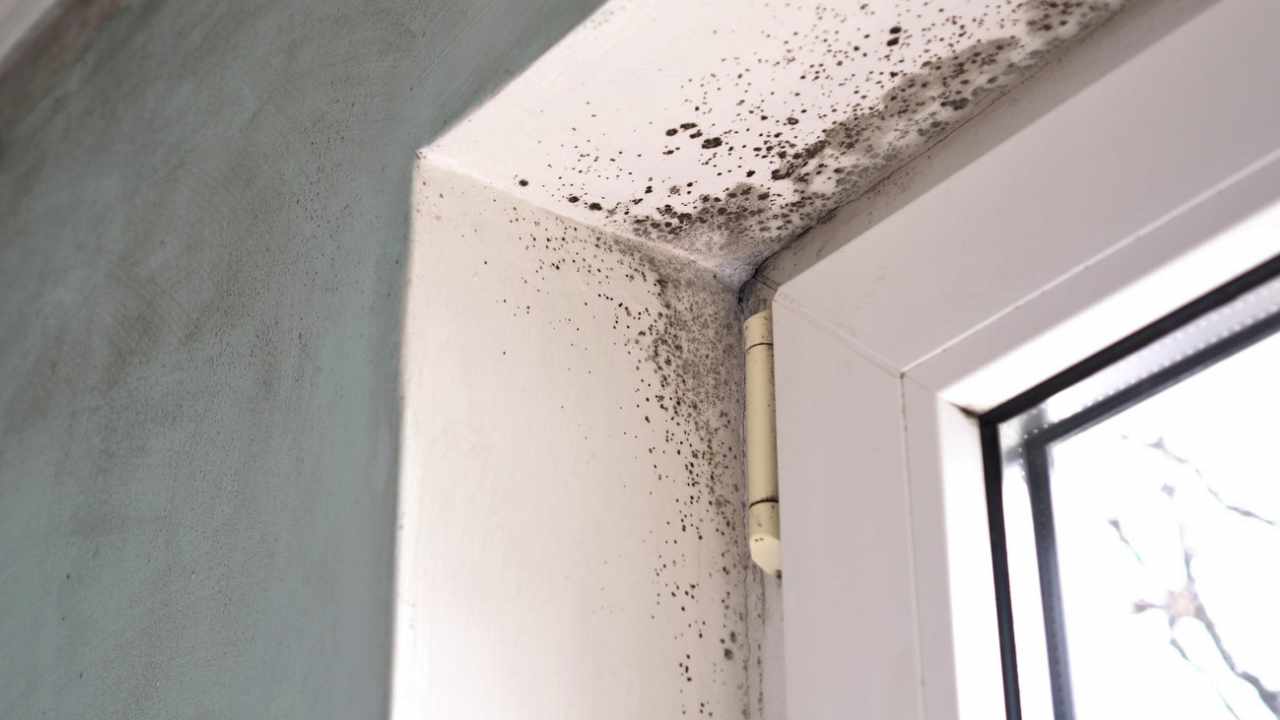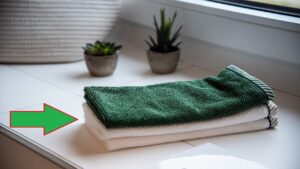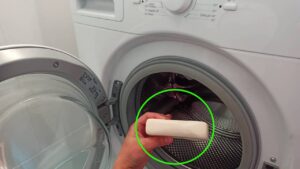How to Understand If There is Too Much Humidity in Your Home and How to Reduce It with Simple Tricks at No Cost
When we talk about humidity in the home, we always think of something to remedy. If the level of humidity is too high, it is undoubtedly right to take action. But before doing so, you should know that as long as the level remains around 30-50%, the environment has the right balance between dry and humid air. However, if you exceed the level, what should you do? Here are some useful ideas to resolve the inconvenience.
Useful tricks to keep humidity under control in your home

Excessive humidity in your home can lead to issues like mold, unpleasant odors, and wall damage. The first crucial step to reduce it involves improving air circulation. Effective ventilation aids in removing excess humidity and circulating fresh air throughout the rooms. Regularly opening windows allows moist air to escape while welcoming dry air, contributing to a healthier indoor environment.
As you well know, there are some plants, like the bamboo palm, forest fig, and Boston fern, that not only enhance decor but also absorb humidity. Placing them in moisture-prone areas like the bathroom and kitchen helps regulate air quality while adding an elegant touch to the surroundings.

In addition to these methods, you can craft a home dehumidifier by filling canvas bags with baking soda and coarse salt and placing them in wardrobes, drawers, or humid rooms. Another useful ingredient is rice, perhaps with the addition of a few drops of essential oil to impart a pleasant fragrance while helping to absorb excess moisture.
A very important aspect to consistently monitor is water leaks from damaged pipes, ceilings, windows, or appliances. Regularly check critical areas and promptly address any issues. Repairing cracks in walls and replacing window seals to tackle the problem at its root is essential to living in a healthy environment.





